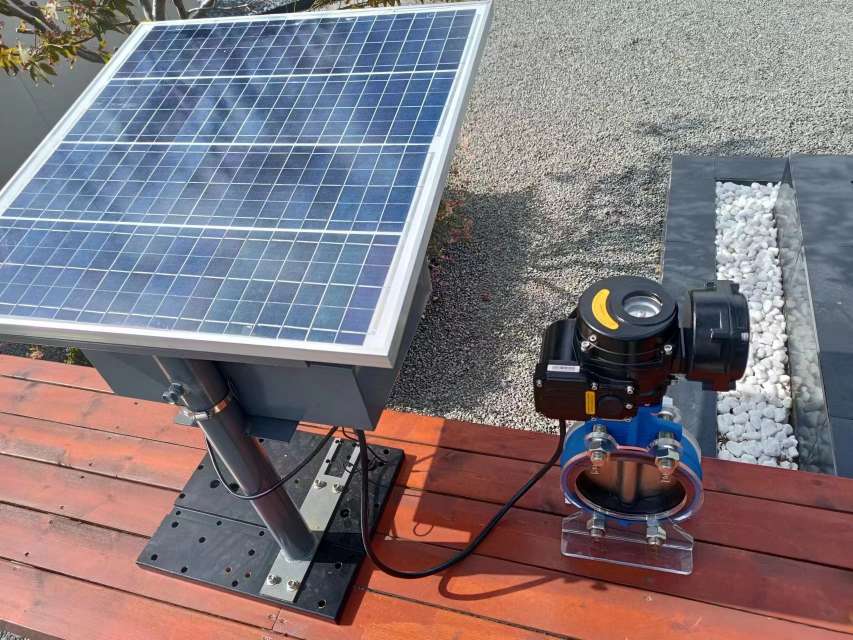In the quest for sustainable energy solutions, hydrogen energy and photovoltaic (PV) technology have emerged as two of the most promising avenues. The integration of these technologies has led to the development of innovative components such as hydrogen energy photovoltaic electric valves, which play a pivotal role in optimizing energy management systems. This article explores the concept of hydrogen energy, the significance of photovoltaic systems, and the transformative potential of electric valves in creating a sustainable energy future.

Understanding Hydrogen Energy

Hydrogen is the most abundant element in the universe, and its potential as a clean energy source has garnered significant attention in recent years. When hydrogen is used as a fuel, it produces only water vapor as a byproduct, making it an environmentally friendly alternative to fossil fuels. The process of generating hydrogen can occur through various methods, including electrolysis, steam methane reforming, and biomass gasification. Among these, electrolysis stands out as a sustainable method when powered by renewable energy sources such as solar or wind. The versatility of hydrogen allows it to be utilized in various applications, ranging from fuel cells that power electric vehicles to industrial processes requiring high-temperature heat. As nations strive to reduce greenhouse gas emissions and transition to low-carbon economies, hydrogen energy is positioned as a crucial component of the energy mix.

Leave a Reply